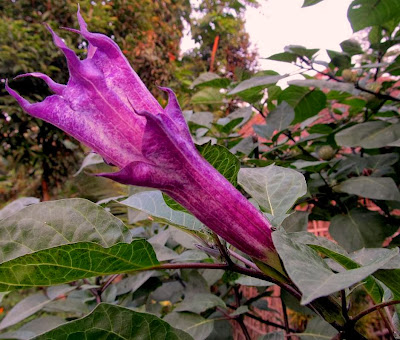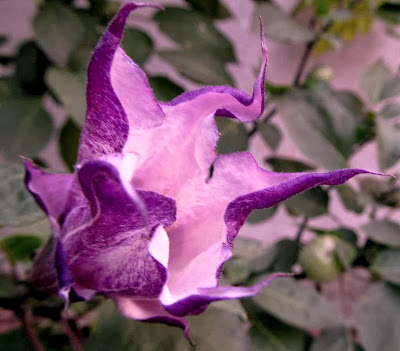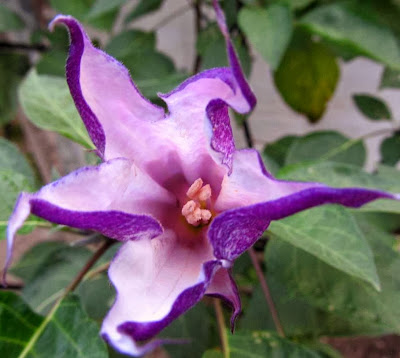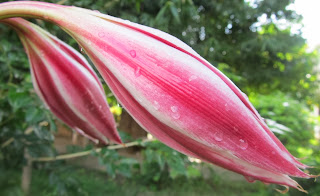Scientific name: Rosa chinensis
Higher classification: Rose
Lower classifications: Rosa chinensis 'Viridiflora'
Scientific classification
Kingdom : Plantae
(unranked) : Angiosperms
(unranked): Eudicots
(unranked): Rosids
Order : Malvale
Family : Malvaceae
Genus : Hibiscus
Species : H.rosa-sinensis
Binomial name : Hibiscus rosa-sinensis
Rosa chinensis, known commonly as the China Rose, is a member of the genus Rosa native to Southwest China in Guizhou, Hubei, and Sichuan Provinces. It is a shrub growing to 1–2 m tall.
Hibiscus rosa-sinensis, known colloquially as rose mallow, Chinese hibiscus, China rose and shoe flower, is a species of flowering plant,native to East Asia.
Hibiscus rosa-sinensis is the national flower of Malaysia, called Bunga Raya in Malay. Introduced into the Malay Peninsula in the 12th century, it was nominated as the national flower in the year 1958 by the Ministry of Agriculture amongst a few other flowers, namely ylang ylang, jasmine, lotus, rose, magnolia, and medlar. On 28 July 1960, it was declared by the government of Malaysia that the hibiscus would be the national flower.
Hibiscus flowers are edible and are used in salads in the Pacific Islands. The flower is additionally used in hair care as a preparation. It is also used to shine shoes in certain parts of India. It can also be used as a pH indicator. When used,the flower turns acidic solutions to a dark pink or magenta color and basic solutions to green. It is also used for the worship of Devi, and the red variety is especially prominent, having an important part in tantra. In Indonesia, these flowers are called "kembang sepatu", which literally means "shoe flower".
Hibiscus rosa-sinensis is considered to have a number of medical uses in Chinese herbology. It may have some potential in cosmetic skin care; for example, an extract from the flowers of Hibiscus rosa-sinensis has been shown to function as an anti-solar agent by absorbing ultraviolet radiation.
 |
 |
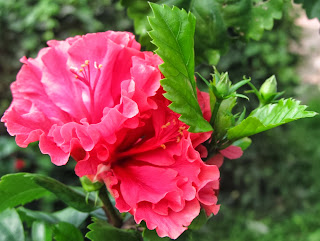 |
Camera used in photography - Canon Power Shot SX 150 IS
PLACE OF PHOTOGRAPHY -SUKHSENA , PURNIA , BIHAR , INDIA












